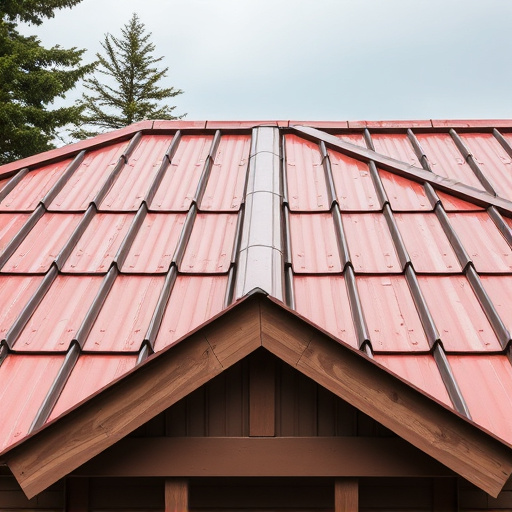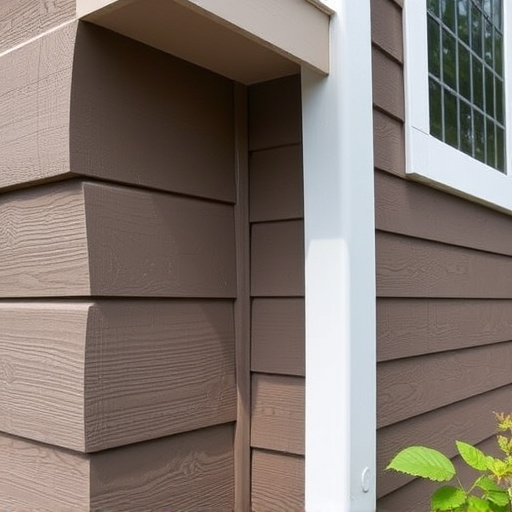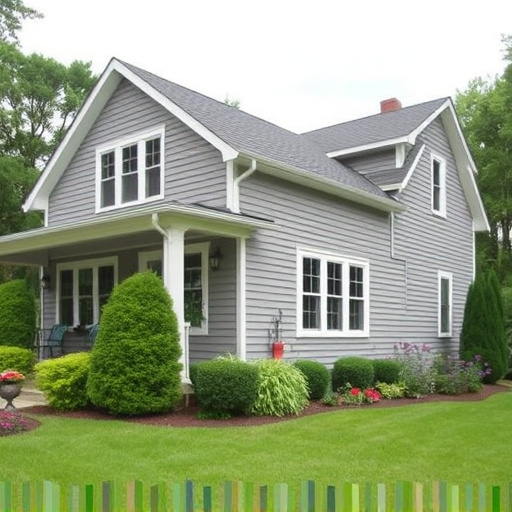Commercial Siding: Panel vs Lap – Choosing the Right Style for Your Project
Installing commercial siding offers multiple benefits, enhancing aesthetics, protecting against weat…….
Welcome to an in-depth exploration of commercial siding—a vital component in the construction and renovation of non-residential buildings. This article aims to serve as a comprehensive guide, offering valuable insights for industry professionals, business owners, and anyone interested in understanding this essential aspect of modern architecture and real estate development. We will dissect the concept, trace its historical evolution, analyze global trends, and discuss its economic, technological, regulatory, and societal impacts. By the end, readers should have a profound appreciation for the role commercial siding plays in shaping urban landscapes and driving economic growth.
Definition: Commercial siding refers to the external cladding or covering of buildings used primarily in non-residential settings, such as office buildings, retail stores, hotels, and industrial facilities. It serves multiple functional and aesthetic purposes, providing a durable barrier against weather elements, enhancing structural integrity, and offering design versatility.
Core Components: Typically composed of various materials like vinyl, aluminum, steel, fiber cement, or wood, commercial siding is selected based on factors like durability, low maintenance, budget, and desired visual appeal. Each material has unique properties:
Historical Context: Commercial siding has evolved significantly over the past century, reflecting changing architectural trends, technological advancements, and environmental considerations. In the early 20th century, brick and stone were prevalent, symbolizing strength and permanence. However, with the rise of modern architecture in the mid-century, materials like aluminum and vinyl gained popularity for their lightweight nature and ease of installation. Today, the market offers an extensive array of options, catering to diverse design preferences and sustainability goals.
Significance: Commercial siding is not merely a cosmetic choice; it performs critical functions:
International Influence: Commercial siding is a global phenomenon, with regional variations and preferences driven by cultural, climatic, and economic factors. For instance:
Key Trends Shaping the Industry:
| Trend | Description |
|---|---|
| Sustainability Focus | A growing emphasis on environmentally friendly materials and practices. Recycled content, energy-efficient options, and low-maintenance products are in high demand. |
| Modern Aesthetics | Architects and designers embrace contemporary looks, favoring sleek profiles, subtle textures, and vibrant colors to create visually appealing facades. |
| Smart Buildings | Integration of technology with commercial siding is on the rise, enabling buildings to respond to environmental conditions and enhance energy efficiency through automated systems. |
| Customizability | Businesses seek unique designs to stand out, leading to increased demand for custom-fabricated siding solutions and specialized materials. |
| Climatic Adaptability | As climate change impacts worldwide, commercial siding manufacturers develop products suited to specific regional weather conditions, ensuring longevity and performance. |
Market Dynamics: The global commercial siding market is robust and growing, driven by factors such as increasing construction activities, urbanization, and the need for energy-efficient buildings. According to a 2022 report by Market Research Future (MRFR), the market value was valued at USD 17.5 billion in 2021 and projected to reach USD 26.3 billion by 2028, growing at a CAGR of 4.9%.
Investment Patterns: Major construction companies and real estate developers allocate significant budgets for commercial siding, viewing it as a crucial component that enhances property value and tenant appeal. Private equity firms and investment banks also recognize the market’s potential, providing capital for innovation and expansion in this sector.
Economic Impact:
Innovations in Commercial Siding:
Future Potential: The integration of artificial intelligence (AI) and the Internet of Things (IoT) holds immense promise for commercial siding:
Key Policies and Regulatory Frameworks:
Influence on Development: These policies significantly shape the market by:
Overcoming Barriers: Despite its numerous benefits, commercial siding faces several challenges:
Strategic Solutions: To address these issues:
Real-World Examples:
Case Study 1: Green Revolution in Urban Renewal (New York City)
In a revitalized downtown area, a historic office building underwent a transformation with the installation of energy-efficient fiber cement siding. The project aimed to reduce the building’s carbon footprint while enhancing its market appeal. The result was impressive—a sleek, modern facade that reduced heating and cooling costs by 30%, attracting eco-conscious tenants and significantly increasing property value. This case demonstrates the powerful synergy between commercial siding and sustainability goals.
Case Study 2: Retail Innovation (Los Angeles)
A prominent retail chain in Los Angeles embraced custom aluminum siding with integrated LED lighting to create a dynamic, eye-catching exterior. The design featured vibrant colors that changed with the seasons, captivating customers and becoming an instant landmark. This application highlights how commercial siding can be used as a powerful marketing tool while still providing durable protection for the building’s structural integrity.
Case Study 3: Sustainable Industrial Complex (Berlin)
A large industrial park in Berlin implemented a holistic sustainability strategy, incorporating recycled aluminum siding throughout the complex. The project aimed to reduce waste and promote responsible construction practices. The resulting facade not only met environmental standards but also set a new benchmark for aesthetically pleasing industrial design, attracting forward-thinking businesses to the area.
Emerging Trends and Growth Areas:
Strategic Considerations:
Commercial siding is not merely a surface treatment; it is a critical component that shapes the built environment, influencing energy efficiency, structural integrity, and visual appeal. This comprehensive analysis has explored its historical development, global impact, economic significance, technological advancements, regulatory landscape, and challenges. The future prospects for commercial siding are promising, with innovations in sustainability, smart buildings, and modular design poised to revolutionize urban landscapes.
As the construction industry continues to evolve, understanding and leveraging the potential of commercial siding will be essential for creating vibrant, sustainable, and visually captivating built environments that cater to the needs of modern businesses and societies.
Q: How do I choose the right commercial siding material?
A: Selection depends on various factors, including climate, budget, maintenance preferences, and desired aesthetic. Consider consulting with professionals who can guide you based on specific project requirements.
Q: Is commercial siding eco-friendly?
A: Many materials are environmentally friendly, with options like recycled aluminum, fiber cement, and wood. Proper disposal and recycling practices also contribute to sustainability.
Q: Can commercial siding be easily maintained?
A: Most materials require minimal maintenance, but regular cleaning and inspections are crucial. Follow manufacturer guidelines for specific care instructions.
Q: How does commercial siding impact energy efficiency?
A: Insulating materials reduce heat transfer, lowering heating and cooling costs. Modern options offer enhanced energy performance, contributing to sustainable buildings.
Q: Are there any government incentives for using eco-friendly commercial siding?
A: Yes, many governments offer tax credits, grants, or other incentives for projects that meet specific environmental criteria, encouraging the adoption of sustainable building practices.

Installing commercial siding offers multiple benefits, enhancing aesthetics, protecting against weat…….

By 2025, the commercial siding market is poised for a significant transformation driven by three key…….

In the competitive commercial real estate market, commercial siding plays a crucial role in creating…….